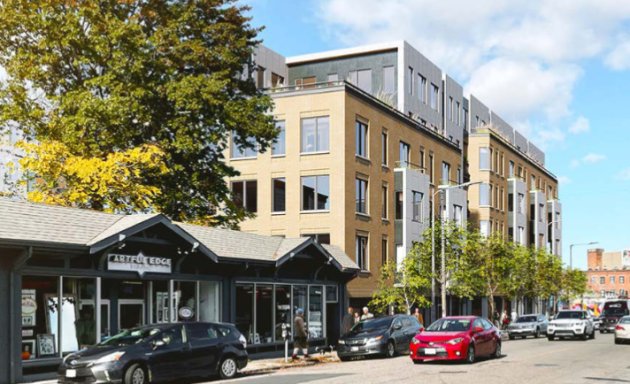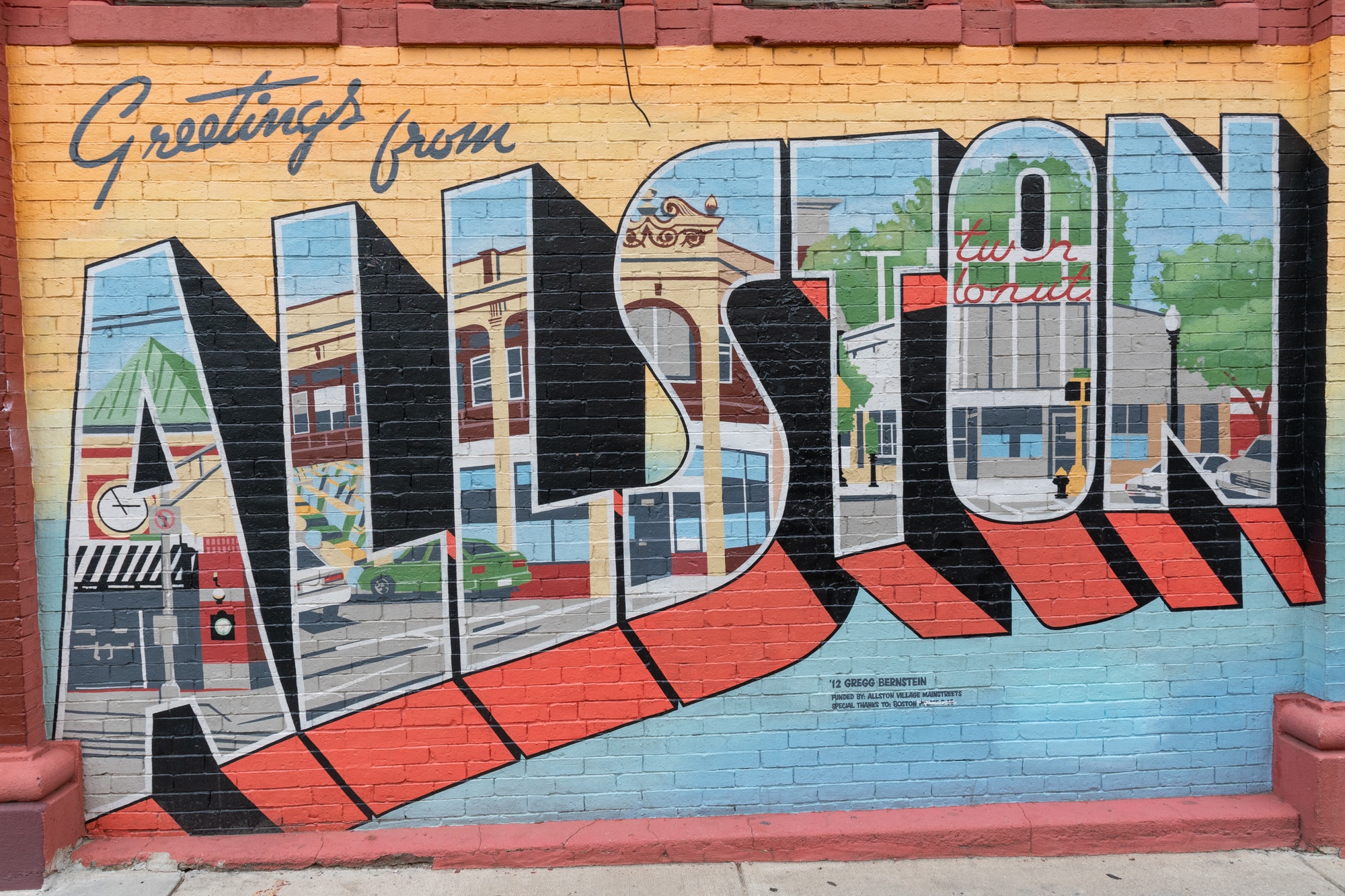stick n move
Superstar
- Joined
- Oct 14, 2009
- Messages
- 12,093
- Reaction score
- 18,872
I meant its one of the easiest ways to add density compared to the proposal of trying to bulldoze entire lowrise neighborhoods and the eminent domain, lawsuits, PR, and whatever else nightmare that would ensue. Compared to the “nuclear nimby option” it would be a lot easier to add density on a lot of these single story buildings first, by changing zoning laws, maybe some tax breaks, and other incentives that could get the ball rolling here first.
Were already seeing movement in this direction with Brookline upzoning a couple different corridors for multistory residential buildings and Newton getting rid of the insanely strict zoning laws that made it illegal to build residential over commercial and anything over 2 floors in the town centers. Many of these existing multi-use areas/buildings were grandfathered in and it was illegal to build new ones where the single story retail buildings were.
Were already seeing movement in this direction with Brookline upzoning a couple different corridors for multistory residential buildings and Newton getting rid of the insanely strict zoning laws that made it illegal to build residential over commercial and anything over 2 floors in the town centers. Many of these existing multi-use areas/buildings were grandfathered in and it was illegal to build new ones where the single story retail buildings were.




